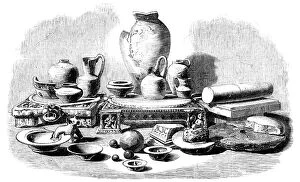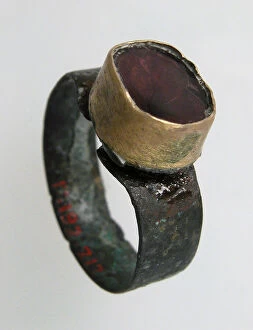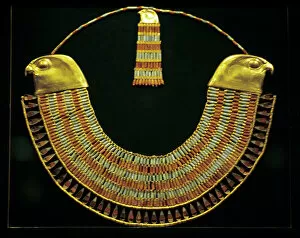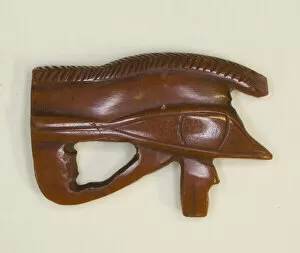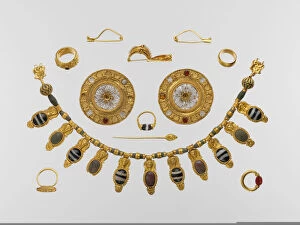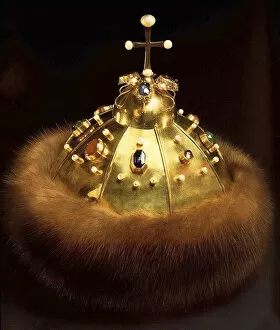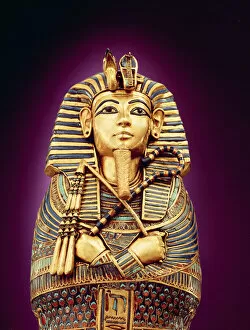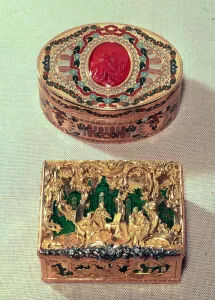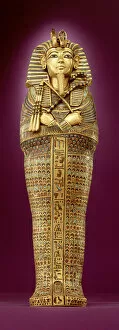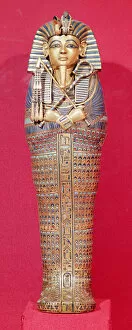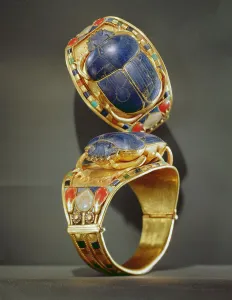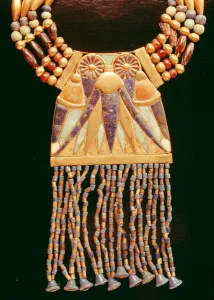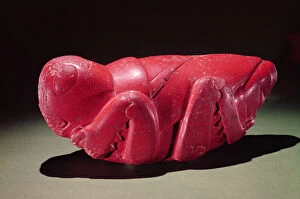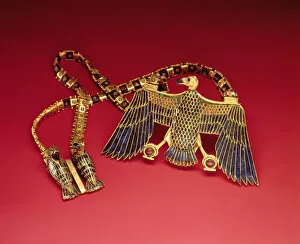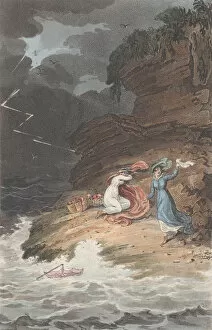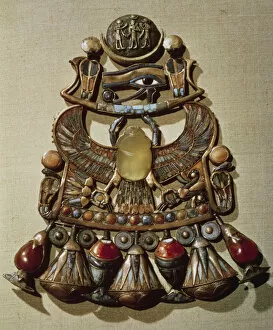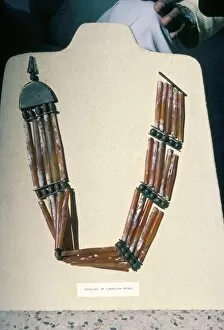Carnelian Collection
"Carnelian: A Journey Through Time and Culture" Step into the world of ancient treasures with carnelian, a captivating gemstone that has adorned jewelry for centuries
All Professionally Made to Order for Quick Shipping
"Carnelian: A Journey Through Time and Culture" Step into the world of ancient treasures with carnelian, a captivating gemstone that has adorned jewelry for centuries. From finger rings to pendants, this fiery stone holds stories of civilizations long gone. In the 7th century, a Frankish finger ring emerged, its creator unknown but its beauty undeniable. Crafted with intricate details, it whispered tales of forgotten kings and queens. Moving forward in time to the 12th Dynasty, we find Princess Nefruptah's necklace. Made from carnelian and Peldspar, it exudes elegance fit for royalty. The vibrant colors reflect an era filled with opulence and splendor. A mysterious finger ring from the 1st century captivates our imagination next. Its intaglio depicts the head of a woman - her identity lost in time but her allure preserved forever within this exquisite piece. Egyptian history intertwines with carnelian as we delve deeper into antiquity. A ring from the New Kingdom-Third Intermediate Period showcases skilled craftsmanship dating back to about 1550-656 BCE. It speaks volumes about Egyptian culture during those times. The Eye of Horus amulet takes us further back to Egypt's Middle Kingdom in Dynasty 12 (1985-1773 BCE). This symbol of protection resonated deeply among ancient Egyptians who sought divine guidance and safeguarding against evil forces. An Ankh-adorned ring transports us even further into Egypt's Middle Kingdom (1991 BCE-1784 BCE), where life was celebrated through this powerful symbol representing eternal life itself. As we explore more artifacts, a pendant shaped like a poppy catches our eye from Egypt's New Kingdom period (1550-1069 BCE). Its delicate design pays homage to nature's beauty while hinting at symbolic meanings lost over time.


